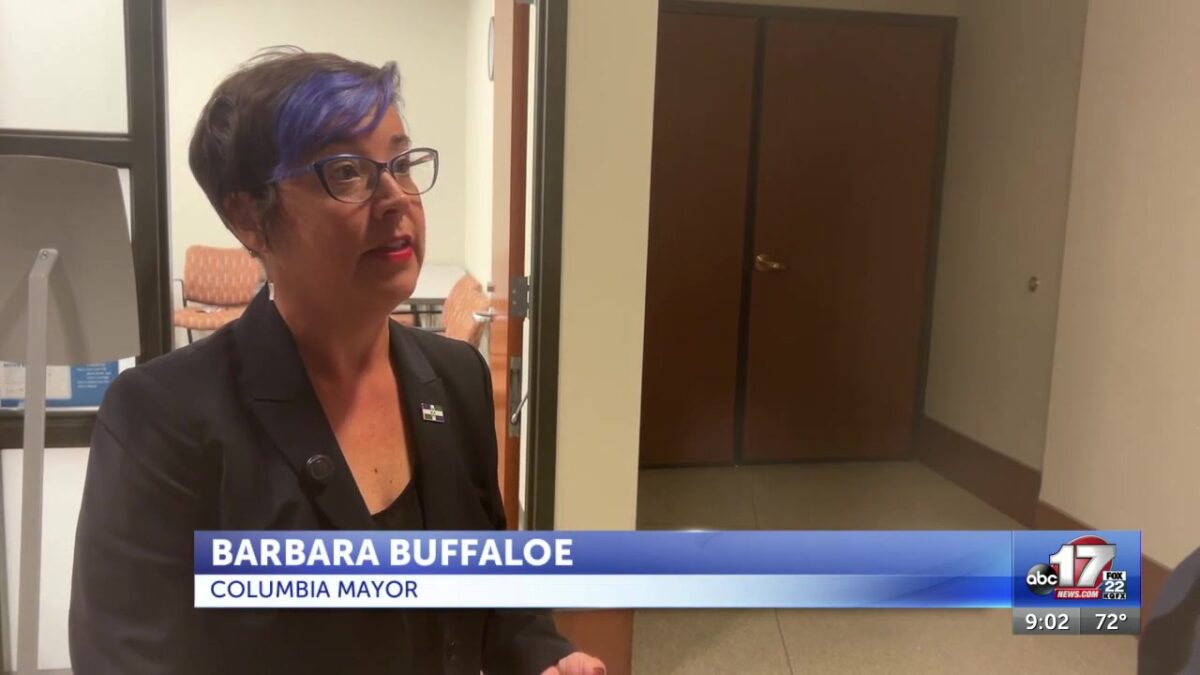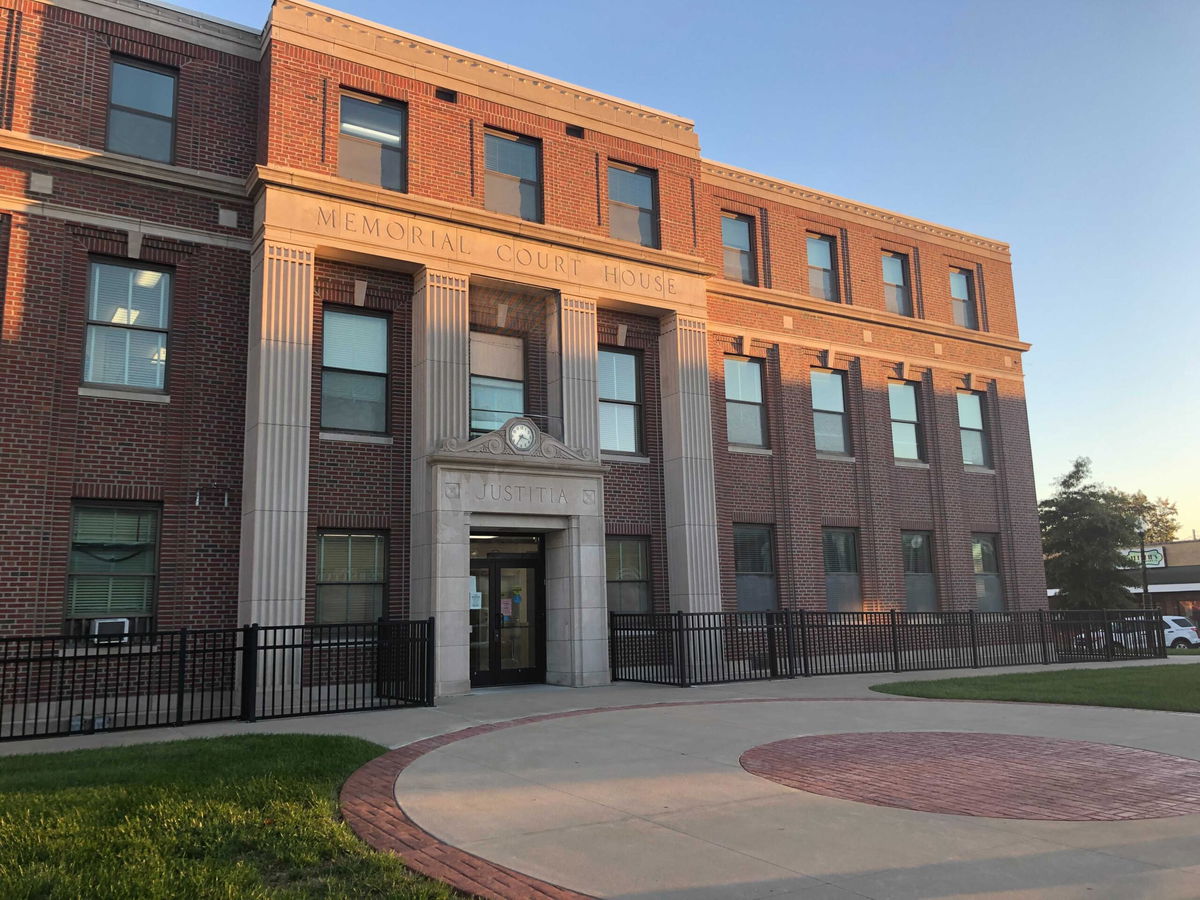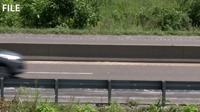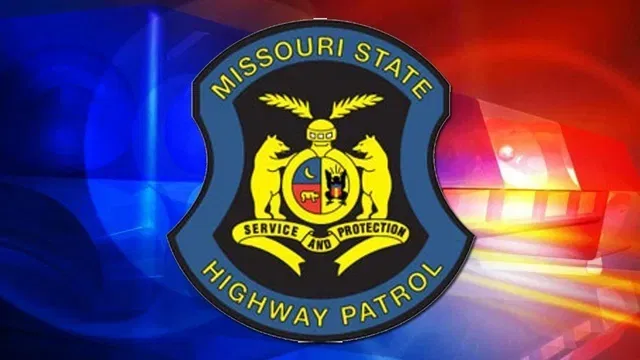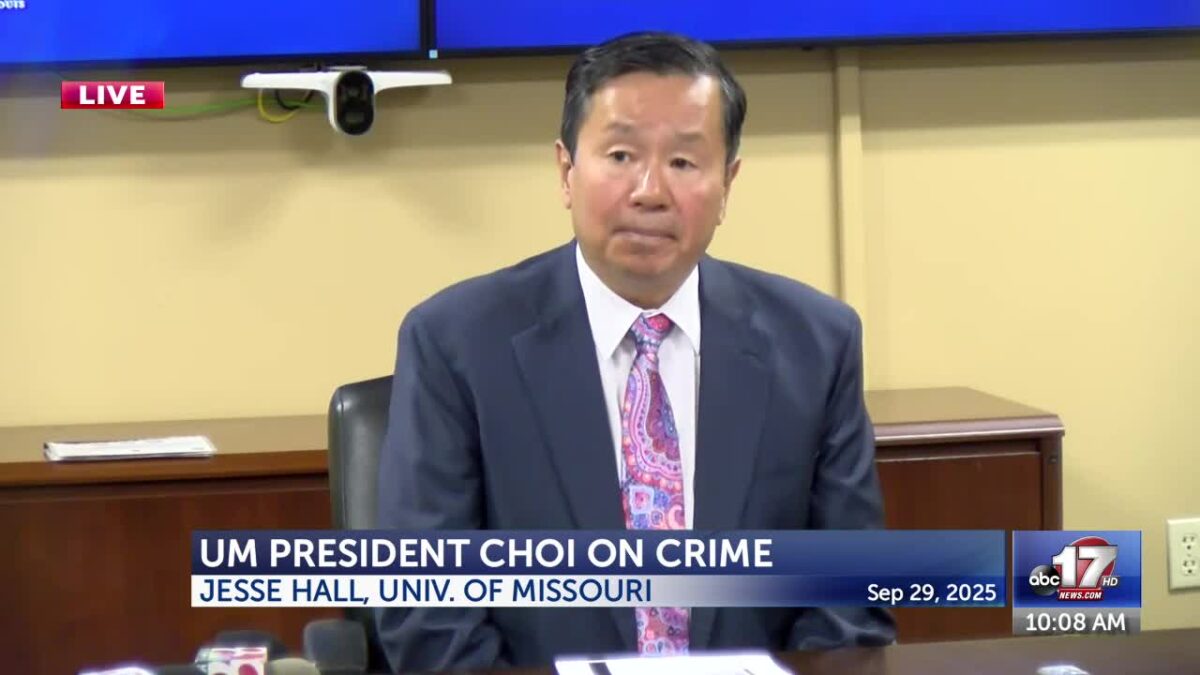City evaluates crime-reducing strategies amid announcement of task force
Erika McGuire
COLUMBIA, Mo. (KMIZ)
Columbia city leaders are evaluating its next steps to reduce crime in the city after a Stephens College student was killed in a shooting over the weekend that left two others injured.
University of Missouri System President Mun Choi has called on the city to make a “task force” to deter crime.
However, Columbia Mayor Barbara Buffaloe on Saturday announced on Facebook the creation of a task force.
“I don’t know all the details yet, the idea of the task force was something that President Choi suggested that we do for organizing,” Buffaloe said. “The focus for me has been on the senseless gun violence that ended up with a young, bright women’s death on Friday night,”
“Trying to figure out what this is when they are talking about a task force for me I really would just want to focus on what we need that why I am going to city staff what is it that we need,” Buffaloe added.
Ward 5 Councilman Don Waterman echoed the uncertainty around the task force but voiced support for involving additional law enforcement agencies, including the Boone County Sheriff’s Office.
“Because of their proximity to use, yes I think the county needs to have a role,” Waterman said. “One thing I do want to say is that we need to keep in mind there’s not going to be one single solution, it’s going to be a number of things.”
The city already offers the Office of Violence Prevention, that began this year but Waterman claims it more focuses on youth and the next generation.
Buffaloe and Waterman emphasized that despite the tragedy, crime trends overall have improved in recent months.
“That’s why we haven’t had an incident since June 8 downtown because of their proactive policing, and so I just look to them to what resources do they need to do their job,” Buffaloe said.
“Again you see the numbers have gone down, I think the fully staffed police department more police on the streets, presence is working,” Waterman said. “Also the Flock system that we’ve purchases for the police approved for the police, I think those tools that they’re using to begin to address the issues of crime in the city,”
Ward 3 Councilwoman Jacque Sample says everyone needs to come together and come open minded to discussions.
“We have a lot of work to do we need to gather the people who are the experts on how to address these things and create plans that we can implement that are sustainable,” Sample said. “They leave their own personal ideas of what they think is going to be the best success outside of the room, so we can come together and decide what’s going to work for everyone and the tools that we have to be able to use to be effective.”
Buffaloe later wrote in a Facebook on Monday night that the number of shots-fired incidents in the city have been cut nearly in half during the first nine months of this year compared to the same period last year.
“As a result of their proactive policing efforts, city-wide there have been 58 confirmed incidents of shots fired in the first 9 months of 2025, compared to 105 during the same nine month period in 2024,” Buffaloe wrote. “But every incident of shots fired is one incident too many and we know that police presence is only one aspect of preventing and interrupting violence, which is highlighted by the fact that the events this weekend took place with officers directly in the area.”
The mayor also claimed in the post that a key factor in violent crime reduction would be preventing youth from obtaining guns and keeping people who are not allowed to own guns from getting them. Buffaloe, along with other mayors of larger cities in the state, had signed a letter last year asking Gov. Mike Kehoe to ban youth from having guns.
Misael Covarrubias is accused of shooting and killing Stephens College student Aiyanna Williams. He is 23 years old and is charged with three counts of first-degree assault, three counts of armed criminal action and a single count of unlawful use of a weapon. Early court screenings do not show prior convictions for Covarrubias.
Missouri State Highway Patrol data shows that through the first nine months of the year, violent crime has trended downward since 2021 in CPD’s jurisdiction. There have been 307 violent crimes reported so far this year, while 357 were reported through September in 2024, 425 were reported for the same period in 2023, 465 were tallied during 2022’s period and 492 were reported in 2021’s first-nine-month total. Though it should be noted that overall crime appears to be up compared to last year, according to data from CPD.
